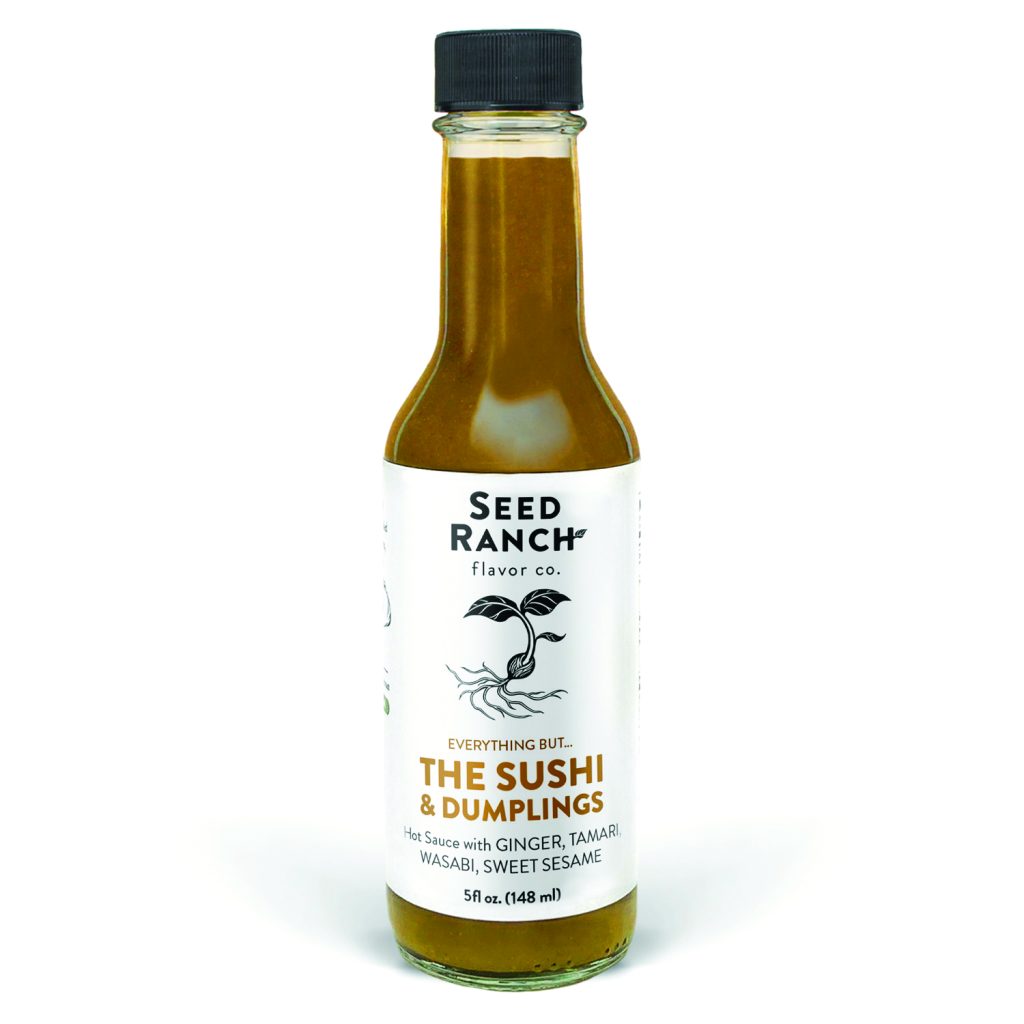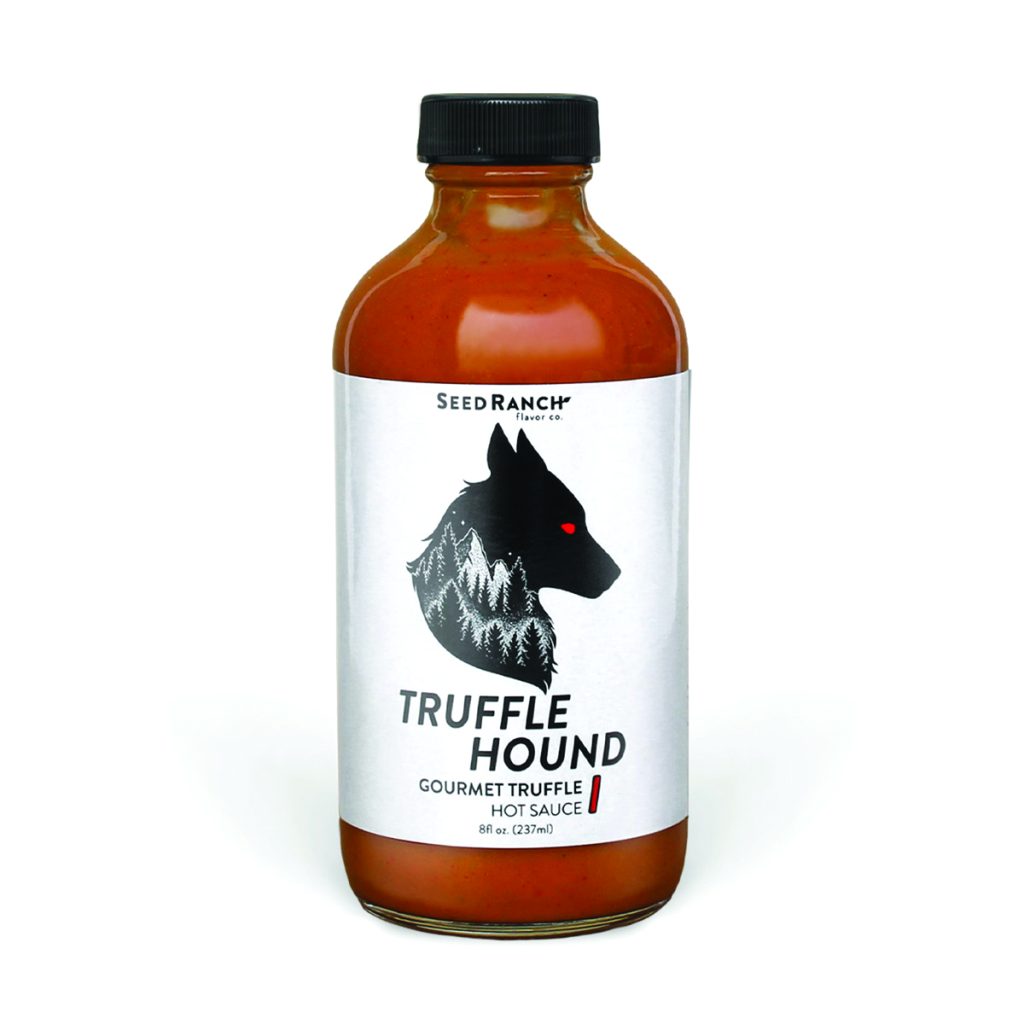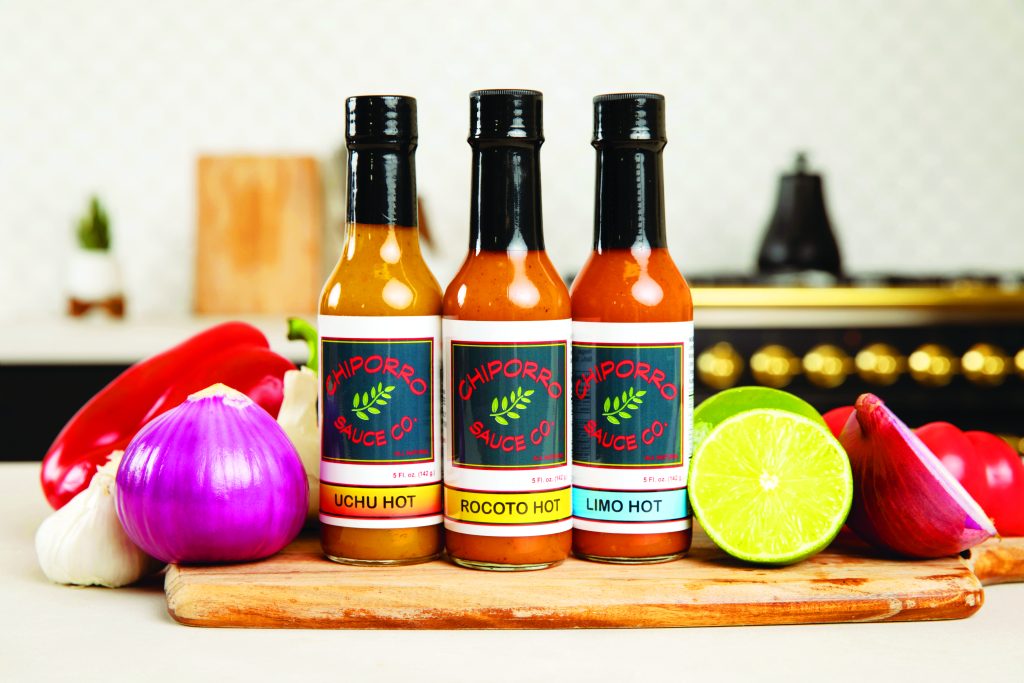
Boulder might not be the first locale that comes to mind when you think of hot sauce, but you’d better think again. Our hamlet in the shadow of the Flatirons produces flavorful sauces for any palette, from those who recoil at the suggestion of heat to those who test the outer limits of their taste buds.
To give you a lay of the land, we talked to three local hot sauce makers about their origins, products and recommendations.
The Boulder Hot Sauce Company: I always sweat like this

Harry Robertson was, among many other things, a “latchkey kid.”
Growing up without much supervision during the day, this bright-eyed kid in Alexandria, Virginia, had the world at his fingertips. Those fingers were used for growing and cooking. Learning the garden and the kitchen. Food — what he put into it and could get out of it — became a passion.
“He talked about a crazy idea of having a replacement stomach, so he could eat more on Thanksgiving,” his ex-wife, Bettsee Gotwald, says.
Thanksgiving was, unsurprisingly, Robertson’s favorite holiday. On that day in 2019, Robertson passed away. But he left a legacy inside an 5-ounce bottle that Gotwald and their son, Sam Robertson — a full-time engineering student at CU — as well as Gotwald’s boyfriend, DeForest Sessoms, carry on through The Boulder Hot Sauce Company that Robertson founded in 1996.
Robertson’s vision remains on the company’s website today: “I have been lucky to work with manufacturing partners that realized early that I would not yield my dream of a clean homemade product for the sake of ease or profit.”
“The hot sauces are made with the same fresh ingredients that they were first created with,” says Gotwald. “The small batch philosophy will always be an element of our hot sauces.”

Poblano, serrano and habanero peppers, fresh carrots, onions and garlic, all prepped, grilled, smoked and processed by hand; these six ingredients, first grown in a warm, plentiful south-facing garden in South Boulder at the home Gotwald and Robertson shared, are nearly all they’ve needed to create BHSC’s only two sauces in nearly 20 years of small-business magic: Smokey Serrano and Harry’s Habanero.
“Another testament to [Robertson’s] desire to provide flavorful hot sauces is the motto on the bottle: Use a spoon, not a toothpick,” Gotwald says.
On the first anniversary of Harry’s passing, a long-time fan emailed Bettsee and Sam, describing the first time he tasted Harry’s Habanero. In the message, the fan reminisces about a blind taste test held at the Daily Camera offices where, upon realizing the wooden toothpicks being used to try the sauces were interfering with the flavors, he suggested to the panel that they use plastic spoons from the coffee table instead.
“I don’t recall anyone took my advice,” the message from “Bob the Burn Master” reads. “I always smile when I see my words on the back of your bottle.” The logo also carries the phrase, “I always sweat like this!”
“Harry loved the heat of peppers and hot sauces,” Gotwald says. “His physical reaction was beaded sweat on his bald head when he’d eat something with a good amount of heat.”
The bottle, inside and out, is a love letter of sorts, made out to the ones carrying on Harry Roberton’s dream, to the community that continues to buy it, and to those little beads of sweat.
Gotwald’s recommendation: “The sauces really go well with almost anything. I love Smokey Serrano on eggs. Sam got the cooking gene from Harry and uses the hot sauce in most of his cooking, including a taco night for his fraternity a couple of weeks ago. Some restaurants have used it for their chicken wing recipe. One of Harry’s longtime friends has been known to put it on ice cream and popcorn.”
Seed Ranch Flavor Co.: Must be the umami
Well before the Hot Ones Season 11 feature seen by millions, before the numerous national awards, David Delcourt had a bin of seed packets and a home garden to grow them in.
“We started making sauces with peppers grown off our front porch,” Delcourt says.
These were holiday presents for friends and family, then, eventually, a method of gathering opinions on a business idea ever-so-gradually taking shape. Delcourt’s recipes were laser focused on heat, a variety of pepper and vinegar. For Delcourt, it was about “taking flavors back to their roots.” More specifically, “the inception of all flavors,” the thing those roots spawn from: the seed.
A trademark for Seed Ranch Flavor Co. is its use of plant-based umami sources. Despite being one of the five basic tastes (sweet, salty, sour, bitter and umami), Delcourt recalls Boulder County Farmers Market-goers asking him, “What do I use this on?” and “What is umami?”
“If you’ve ever eaten a savory dish and immediately wanted more, that’s umami,” Delcourt says. “It’s the root of cuisines around the world from miso soup to parmesan cheese to a slow-cooked tomato pasta sauce.”
It’s also the root of three particularly delicious sauces by Seed Ranch Flavor Co.

Umami Reserve Hot Sauce: A strong pairing of spicy and savory that uses tamari (fermented soybean), capers, dried olives, porcini and shiitake mushrooms, a bunch of other planted-based goodness, and the star of the show, the extravagant, elusive chocolate habanero.

Delcourt’s recommendation: “I love it with savory breakfast options, an earthy kick on burritos, or a quick marinade for any type of protein you’re going to put on the grill.”
Everything but the Sushi and Dumplings: This one is pretty amazing: Seed Ranch Flavor Co. takes sweet and savory ingredients like pickled jalapeños, tamari, a blend of horseradish root and pure wasabi powder, sesame, miso and even maple syrup for a mild, familiar flavor reminiscent of the two foods in its name.
Delcourt’s recommendation: “It pairs wonderfully with rice bowls and Asian-inspired dishes. Because the sauce is so mild, it’s a really easy base for stir fries, soups and salad dressings.”
Truffle Hound: Among less familiar ingredients like agar agar (sea vegetables) and chickpea miso, Truffle Hound’s holy trinity is a blend of ghost pepper, chile de arbol, and the undisputed torchbearer of all things umami: summer truffles.
Chiporro Sauce Company: Simple, flavorful, sexy
For years, Carlos Ruiz dazzled as an executive chef at numerous five-star hotels across the country. But he saw the writing on the wall. With two kids on the cusp of college, and money dwindling, Ruiz shifted to focus on his own hot sauce company, Chiporro.
Ruiz recollects the moment he knew the name was right. Years ago, meandering in his basement, creatively loosened by way of a couple beers.
“I scanned my bookshelf and pulled a Venezuelan reading,” Ruiz says: “Herbario Tropicale,” or tropical herbs. He flipped to a random page and read a definition for Chiporro: “the tree of all giving.”
Not only did it roll off the tongue, it embodied what Ruiz does. Sure, he enjoys the taste of an immaculate preparation, but not nearly as much as seeing smiles on faces of those who eat his invention.
“August 2013, we started at Boulder County Farmers market on Wednesdays,” Carlos says. “The beautiful thing about a farmer’s market is you get to hear what your client has to say immediately.”
Ruiz, a born-and-bred Peruvian, takes pride in his rich heritage, steeped in family and food.
“Almost every Saturday in Peru, as a kid, it was a sitdown feast at my aunt’s house,” Ruiz recalls. “Those moments of binding, by the food we had on the table, it’s the reason I got into the culinary world.”
Ruiz looked to his home for ingredients and recipes. Luckily, Peru has no shortage of native peppers. Three stand out, each with their own unique personality and flair.

Aji amarillo pepper: Simple, earthy, deep in flavor, and indisputably “the backbone of Peruvian cuisine,” says Ruiz. It’s the driving ingredient in “uchu” — a traditional process Ruiz describes as a catch-all for any ground sauce in South America. Ruiz combined aji amarillo with the huacatay, a robust, native herb (typically used to make cream of black mint), to create an unmistakably Peruvian sauce: Uchu Hot.
Rocoto pepper: Flavorful, versatile, and a product of the southern Andes, grown along the western coastline of South and Central America, this chile is the “driver” in any sauce it touches. That’s why Ruiz opted to keep it simple, combining little more than fresh vegetables, herbs and the rocoto to create a sauce brimming with personality: Rocoto Hot
Aji Limo pepper: Sexy, spicy and true to its name, this chile, from the northern part of Peru, “is grown closer to the equator,” Ruiz says, “so it has a citrus tonality.” But, as Ruiz noticed that buyers’ flavor profiles became more tolerant to heat, he knew the Aji Limo needed a dancing partner. He traveled farther north and married it to the notoriously hot Trinidad Moruga Scorpion pepper. And hell, why not make it a ménage à trois? Ruiz substituted sugar, a standard bearer for the sweetness in hot sauces, for pineapple, creating a rich-orange color, and bridging the gap between the islands and Peru with a fiery new creation: Limo Hot.














